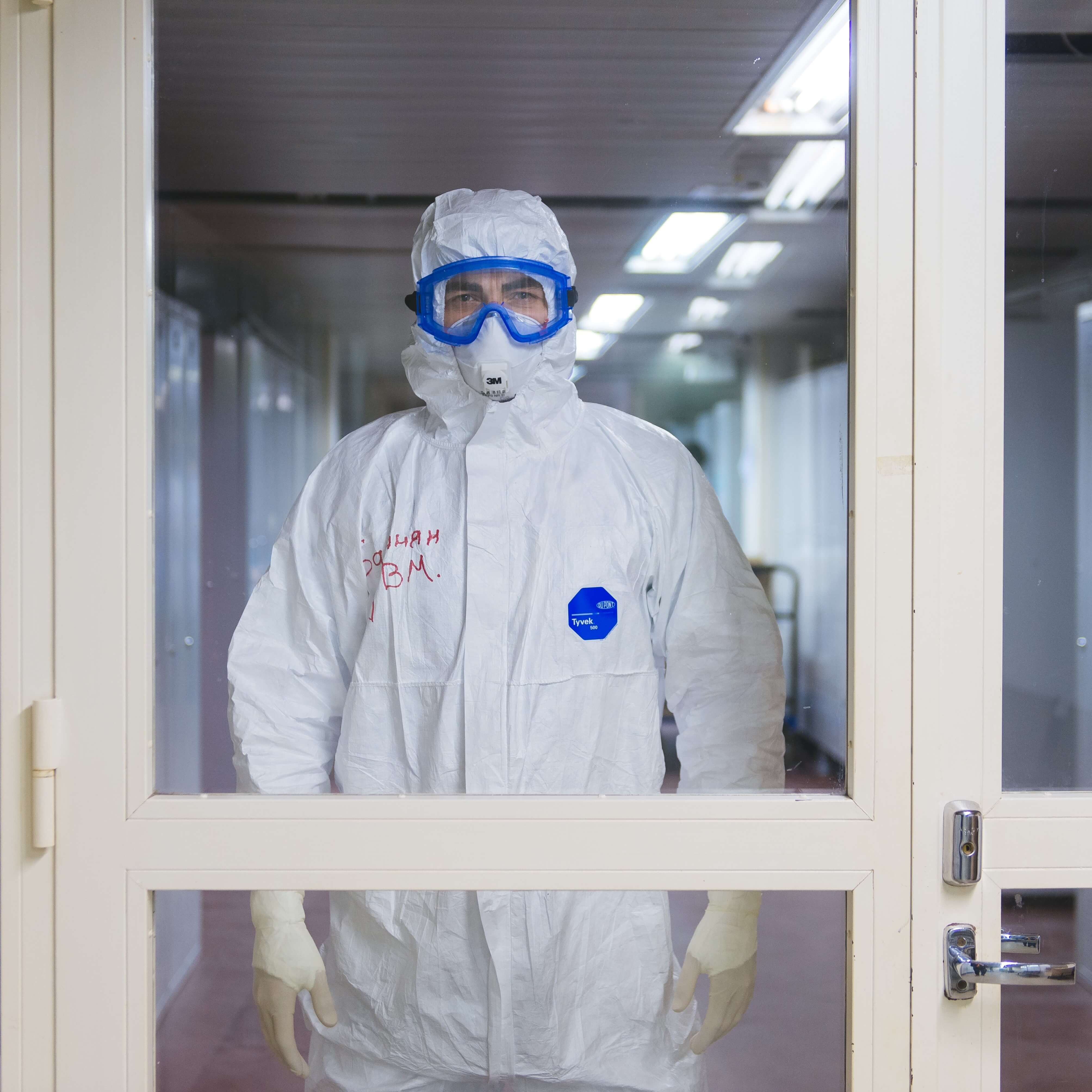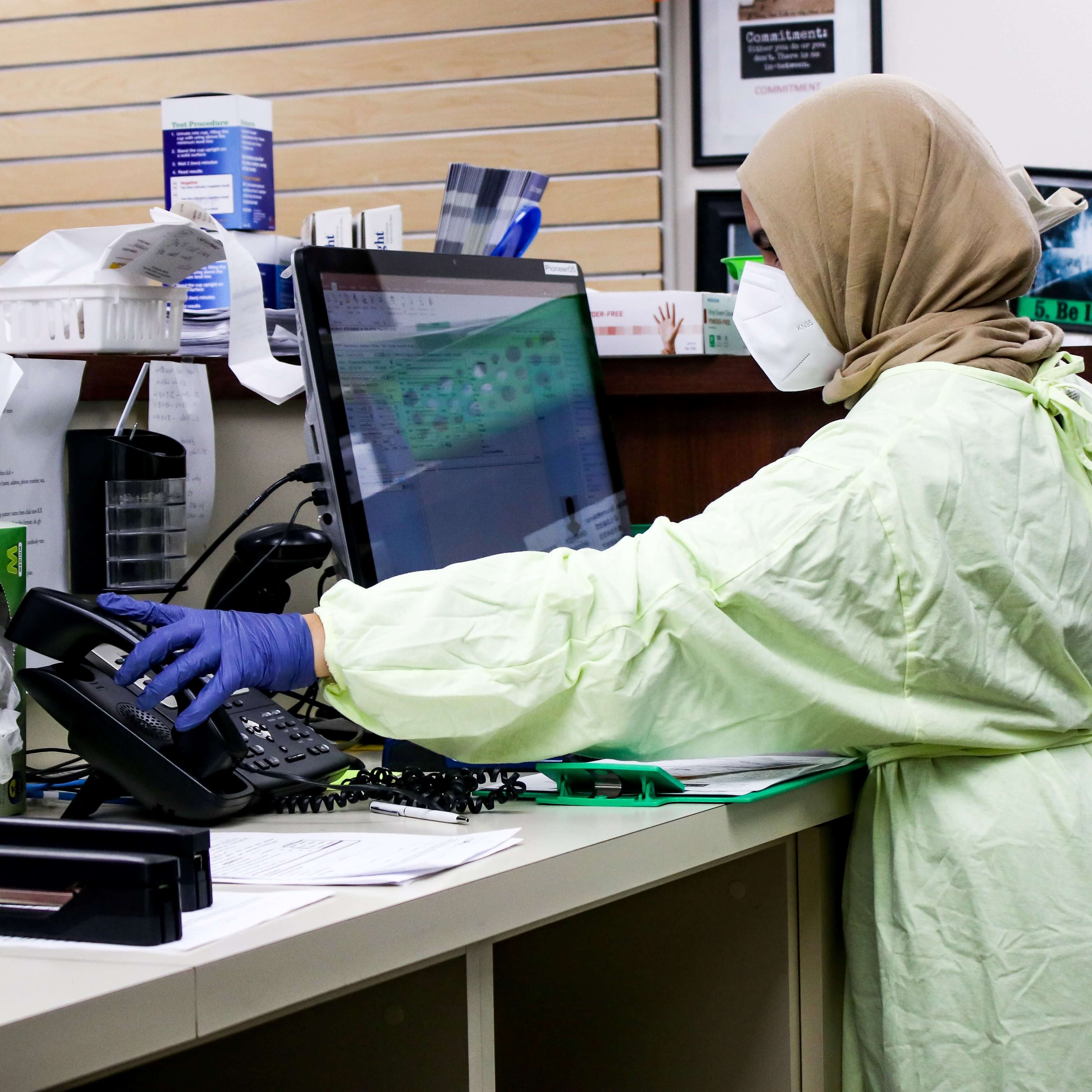
How to Read a Lateral Flow Test?
The spread of COVID-19 has been contained somewhat at the moment, but it may just be a brief respite. Experts believe that this period is the calm before the storm, and the day that the storm may strike is not too far. So why not be prepared beforehand? Wear a mask before heading out, sanitise after coming home, go for regular health checkups, and hoard as many lateral flow test (LFT) kits as you can. Don’t know how to read and report a lateral flow test to the authorities? We are here to help you out.
How to Read a Lateral Flow Test?
To the uninitiated, an LFT may seem like a sophisticated medical device. In reality, it is a simple testing strip that anyone can understand once they know how. There is usually an instruction booklet with every kit for you to start reading lateral flow tests, and it’s quite easy to do so. But if you didn’t get one, then here’s how you can read the results of your test.
Let us consider a standard testing strip, like the Healgen rapid test, for a home checkup. Observe the rectangular strip carefully. The small circular hole at one end marked ‘S’ is where you place the sample (mucus or saliva). The rectangular fissure in the middle of the strip is the result screen. It has two sections marked ‘C’ and ‘T’. ‘C’ is the control line which helps you understand the validity of the test. And ‘T’ is the test line which determines if the test was positive or negative.
Now, let us understand what happens after adding the sample to ‘S’. Moments after the sample is added, the rectangular fissure (results screen) may or may not turn purple. No need to fret if your lateral flow test turned purple; it simply implies that the testing is underway. As time passes, the purple patch will keep diminishing to form a single line in the ‘C’ section. It means that the testing process was successful. If the patch resolves to form another line in the ‘T’ section, then it implies that the test was positive and you are infected with COVID-19.
In case there is no line at ‘C’, it means that there was some problem testing your sample. It doesn’t matter if ‘T’ shows a line in this case. It will remain an inconclusive lateral flow test, and you will need to test your sample again in a fresh kit. Take a fresh sample in a new swab, and you will be good to go.
What if the Line is Faint?

There are cases when the lines on the rectangular display aren’t well-defined or are quite faint. It may happen with all brands, including good ones like the Flowflex rapid test, so the manufacturer doesn’t matter. What matters is that people wrongly assume the absence of coronavirus in that case.
Here’s a simple fact. The line in the ‘T’ section only shows up if an antigen is trapped by the antibody during the testing of the sample - the antigen will be trapped if it is present - and it is only present if there is a foreign contaminant, like COVID-19, in your body. Otherwise, there won’t be even the smallest hint of a line. Thus, while reading a lateral flow test, if there is a line, no matter how faint, in both the ‘C’ and ‘T’ sections, then the test is positive. You are infected with the virus.
Why It’s Necessary to Report Your Test Result
Did you know that you should report your test result to the National Health Service (NHS) each time that you take a COVID test at home, especially a lateral flow test? You would probably have already figured out one of the reasons for it: to monitor the growing number of cases. You’re correct, but as we said, it is ONE of the reasons. You need to report the result EVERY time that you take the test, regardless of whether it is positive or negative, or even invalid for that matter.
The thing is, apart from determining the growing number of COVID-19 cases, the UK government uses the data for a variety of other useful purposes. For instance, if you report a lateral flow test every time, and so does every other citizen, then the data can be used to ascertain the percentage of false negatives. This can be used by manufacturers to improve their products. Also, the data greatly help in the research of existing and new outbreaks of the virus.
To report your LFT to the NHS, you can simply call 119. Alternatively, you can scan the QR code on the testing strip to report your result online.
Conclusion
Now that you know how easy it is to read lateral flow tests and report them, you can combat the virus head-on the next time that it comes in full force. There are many lateral flow tests for sale online, so you can buy a good one for an affordable rate. We suggest that you purchase multiple test kits just to be prepared.



